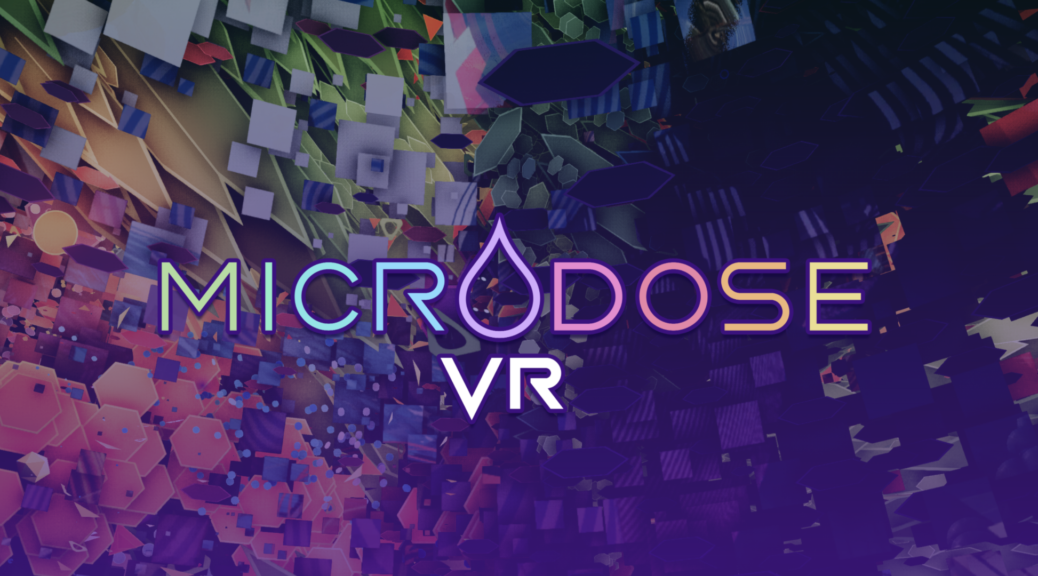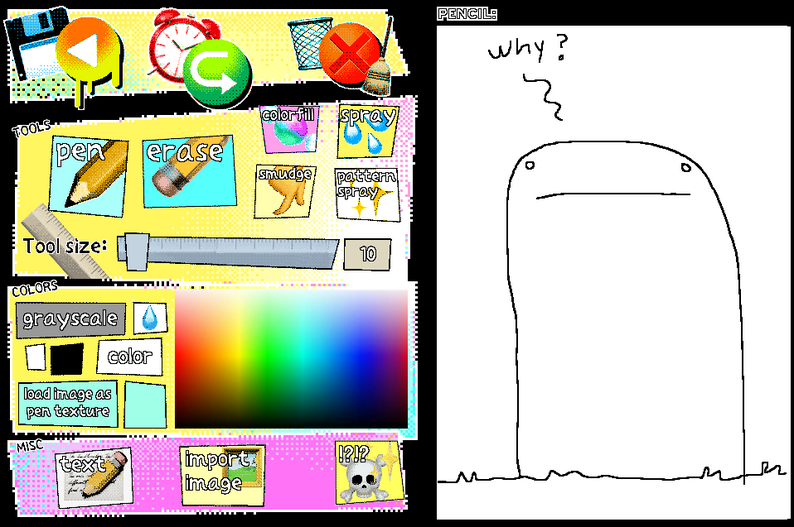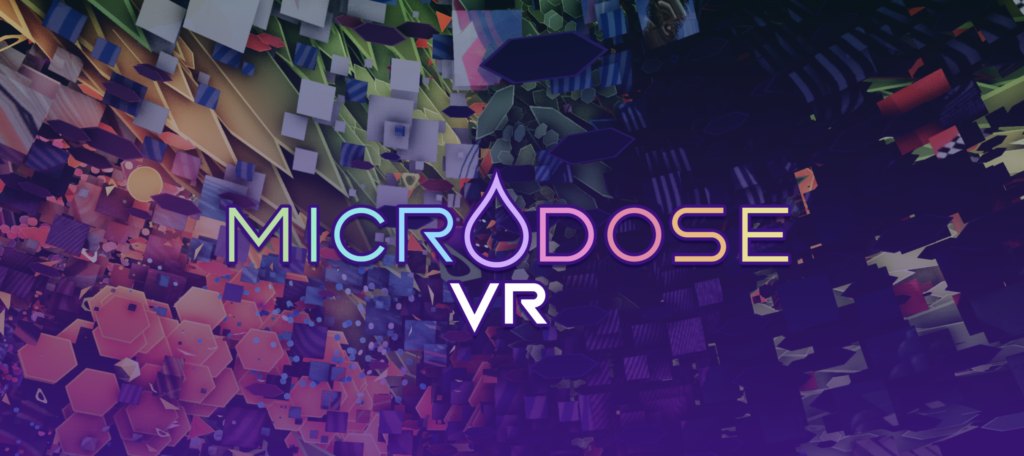I feel weirdly embarrassed about this, but I actually don’t watch that many Youtube videos. It wasn’t until the quarantine started that I became more and more interested in documentaries like TempleOS: Down the Rabbit Hole about the schizophrenic programmer Terry Davis. The internet is a gold mine of discovery for documentaries of this type because there are trillions of accounts and content that gets buried in the machine and you never know if you might be the first one to stumble across something.
All that being said, I was definitely far from the first one to discover TempleOS Down the Rabbit Hole documentary. Fredrik Knudsen‘s hour and a half long video on Youtube currently has over 4 million views. Terry Davis, the subject of the documentary, however, was a largely unknown figure for most of his life. For those who haven’t seen the documentary and want a brief summary, the next few paragraphs will hopefully offer a reasonable picture.
Terry suffered from schizophrenia and was unemployed for the majority of his life, confined to his parents home with little connection to the outside world aside from his computer. The people who did know of him probably knew his through his various handles on Reddit and programming forums such as Hacker News. This was because Terry would obsessively share links to his custom built operating system, which went by several different names but became more well known under the name TempleOS.
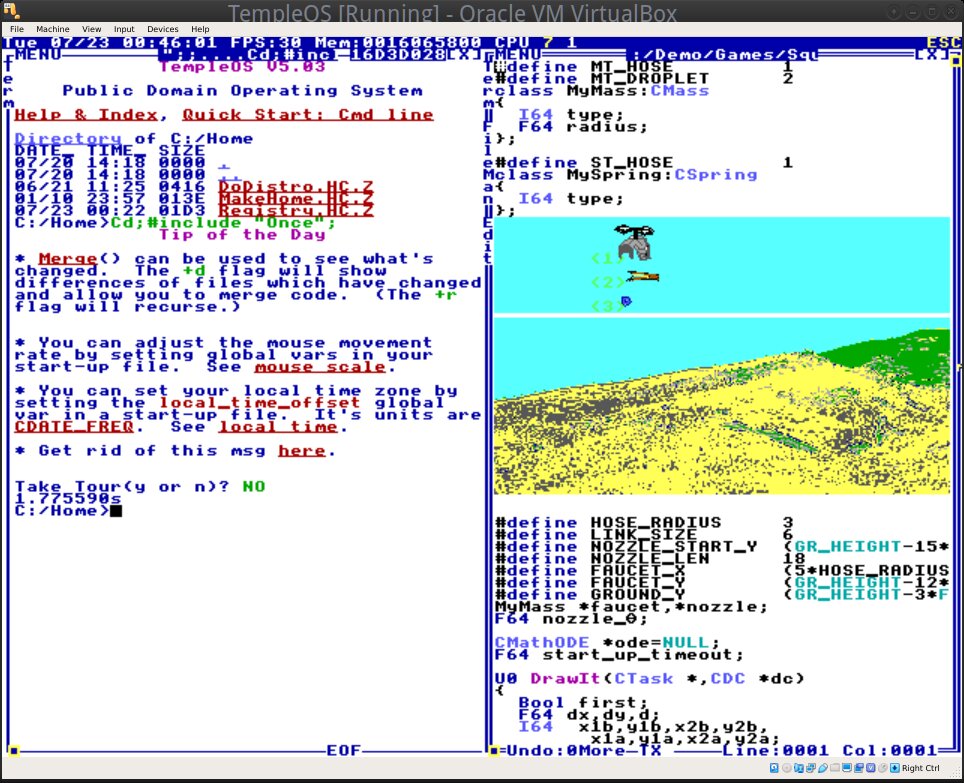
This obsessive sharing along with his often incomprehensible messages would result in him getting shadow banned, so nobody would actually be seeing what he wrote. Few people were interested in using his operating system because it didn’t have a connection to the internet, and only supported 16 colors. He would also draw ridicule and even get pranked by people who found his strange and sometimes disturbing behavior amusing.
The pranking got especially bad when Terry began live streaming himself playing around with his operating system and demonstrating how he would communicate with God via one of the applications. At some point his condition became worse and he stopped taking his medication, which led to him attacking his father and being kicked out of his home. His life on the streets thereafter is harsh and unforgiving. He is arrested on several occasions and lives out of his car, then on the streets. Less than a few years later he is found dead, in what is described as a suicide as he is run over by a train.
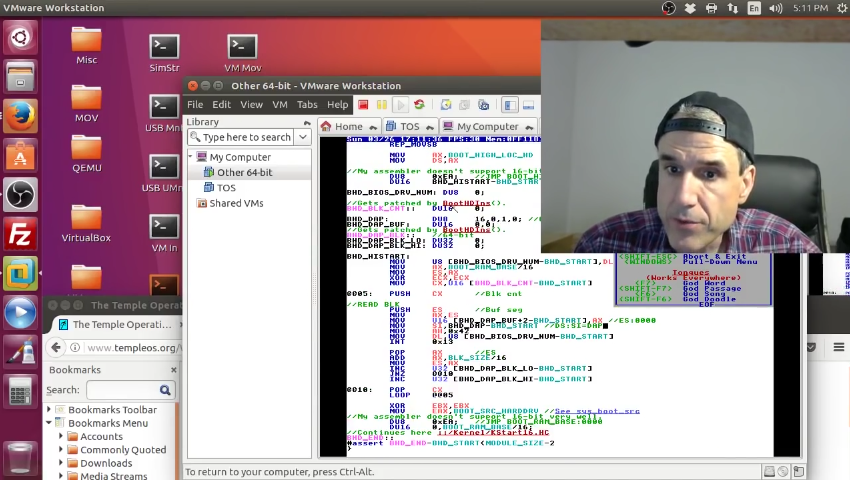
I was deeply impressed by the amount of research and clips that Fredrik dug up from forums and live streaming sites to compose his documentary. Because Terry shared so much of his life online, the documentary ends up offering a pretty complete picture of the man. There are moments of heart breaking lucidness in between Terry’s racial slurs and rants about God. At one point he becomes very apologetic to his parents, admitting that he does not know why he has such a difficult time controlling himself. The most heart breaking is the last published video before his tragic suicide, where he describes himself as “a bizarre little man going back and forth.”
There is a lot to take away from TempleOS: Down the Rabbit Hole. First of all, there is the extreme loneliness that Terry must have felt throughout his life, having no one to interact with outside his immediate family. Second, the larger world of programmers like him who also suffer from mental illness and work alone. Third, the sad fact that mentally ill folks who turn to the internet are often faced with harassment that most likely makes their condition worse. Fourth, Terry had incredible skills that could have benefitted society but instead he was hidden away because of his mental illness.
I haven’t talked a whole lot about mental health on my blog but I believe that the mental health system in the United States is in need of total upheaval. This is in part because of the lack of coverage for mental health in many insurance plans but also the high cost of quality therapy. Certainly, programmers who work for profitable corporations might not have this problem. But we often forget that there are plenty of programmers who work on the margins of society. Not all programmers make huge salaries. Some of them have difficulty working with other people, whether because of social anxiety or other conditions. Some find the pressure from a corporate job to be unbearable. Does that mean they don’t deserve to receive help? Of course not.
The fact that Terry Davis built his own operating from scratch is astonishing. It takes a great deal of focus, commitment, and motivation to complete that kind of feat. In a different world where he had treatment who knows what else he could have accomplished. Terry could have offered training on how to build your own OS. He could have been a role model to other programmers who suffer from mental illness.
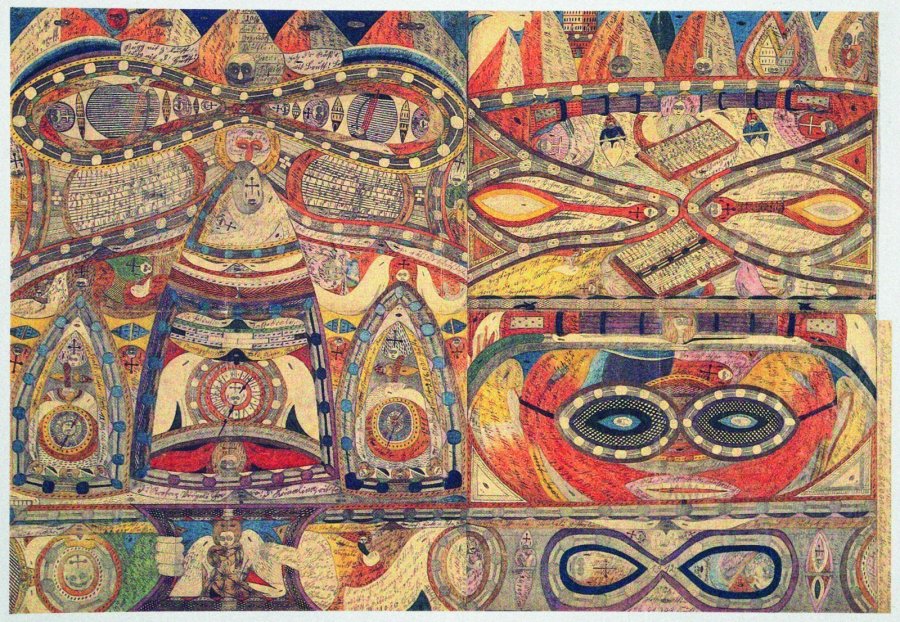
In a way I see Terry’s operating system as an example of outsider art. For those unfamiliar with the term, outsider art is art made by those who have never learned art in school and have no professional artistic training. Some of the most fascinating art I have ever seen was created by these “outsiders” because it is so far from anything I could have imagined myself. A fair amount of outsider art is also made by people who suffer from mental illness. Terry’s games and drawings like his pixel art elephant have an abstract quality to them that also reminds me of outsider art.

What happened to Terry Davis was a tragedy, and I hope that we can learn from it so that nothing like it ever happens again. I am grateful to Fredrik Knudsen and TempleOS: Down the Rabbit Hole for shedding light on this person that I otherwise might never had heard about.
If you enjoyed this article, consider following me on Twitter @nadyaprimak or if you need more tips on breaking into the tech industry, you can read my book “Foot in the Door”.

